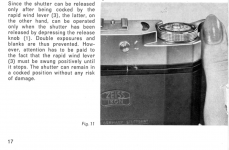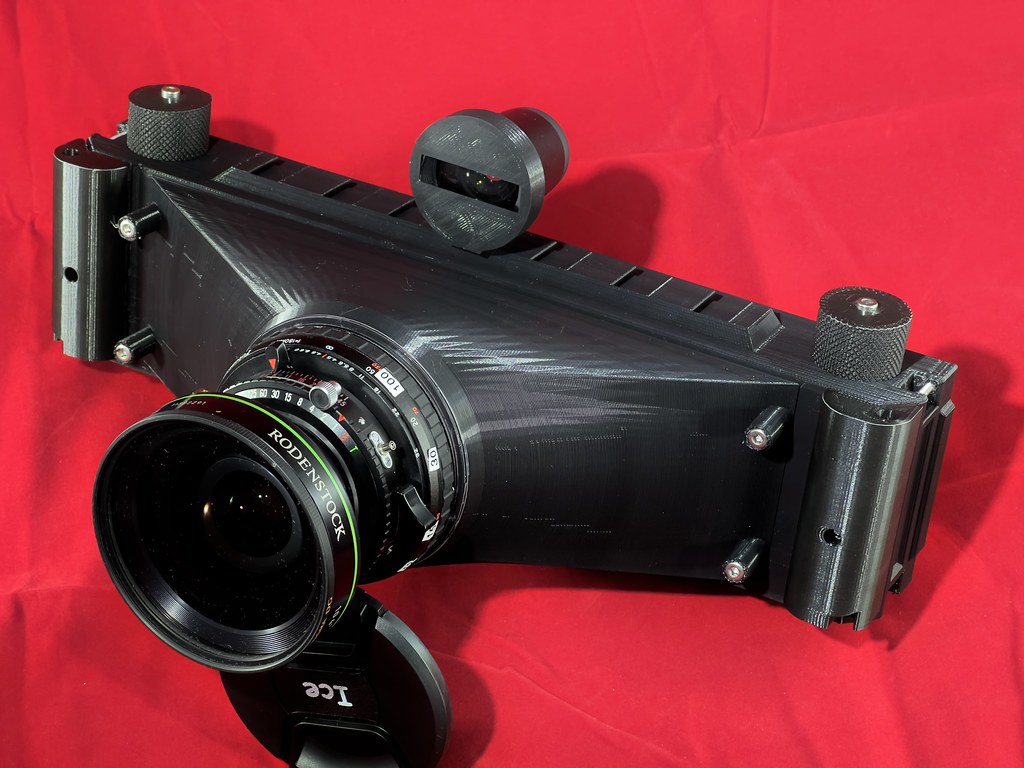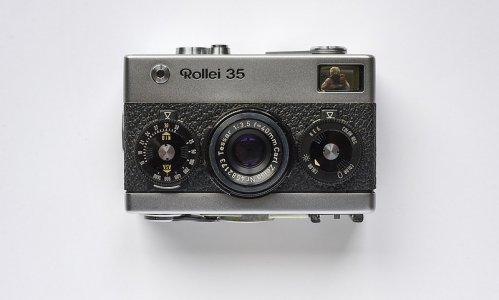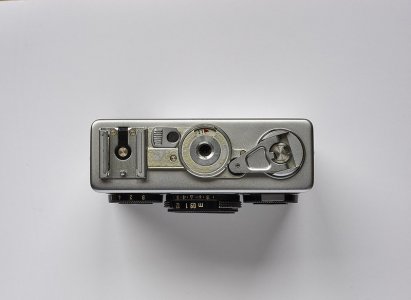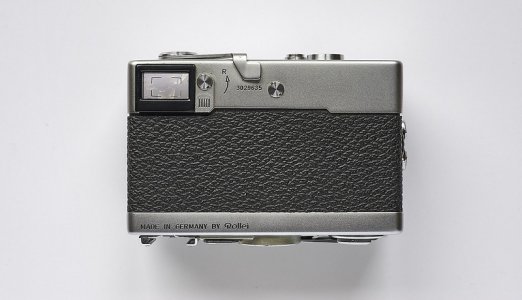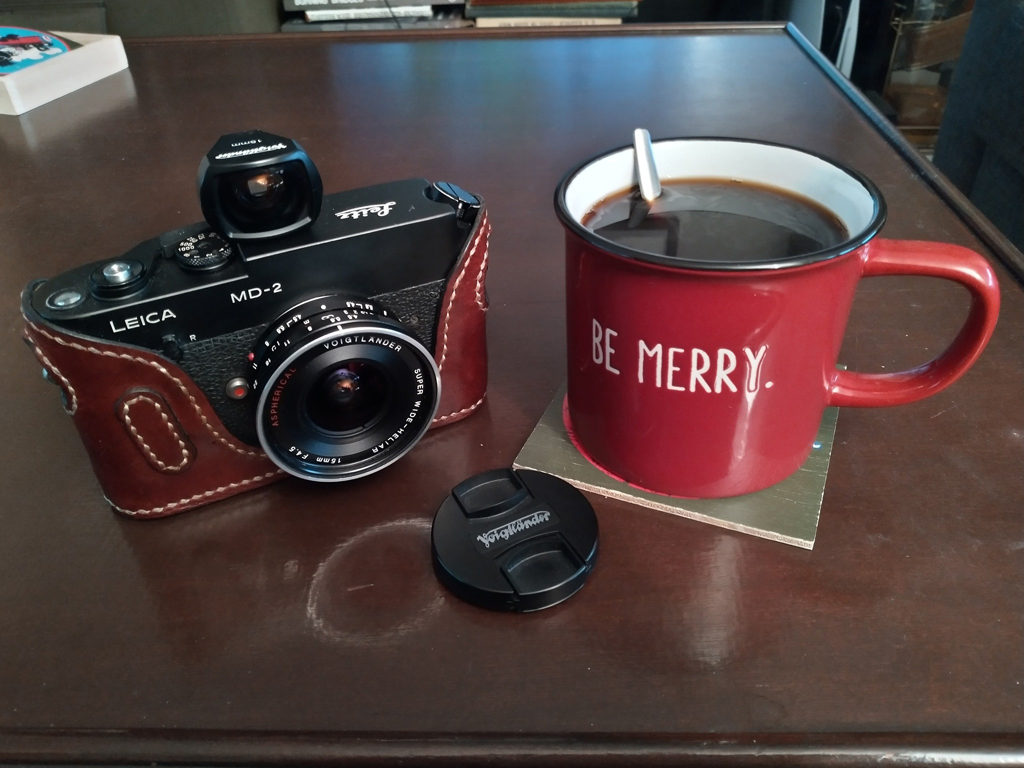raydm6
Yay! Cameras! 🙈🙉🙊┌( ಠ_ಠ)┘ [◉"]
Gives access to adjust the rangefinder. A plug of sorts.
Great! Thank you fireblade. I'm confused though: my camera just has a viewfinder - no rangefinder - unless the top-plate is common to other models with a rangefinder and is shared with the Contina-matics?
That button is a curiosity and mystery. I have it on several other cameras and there is nothing to its function to be found in manuals - although it appears in image views.


